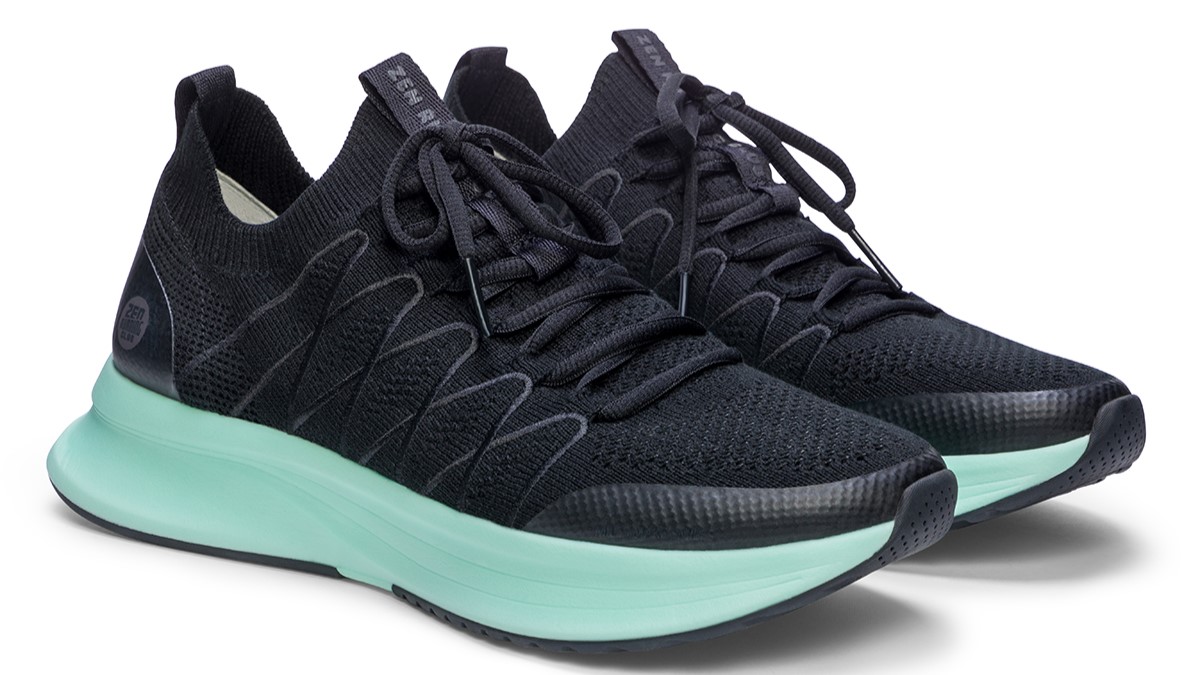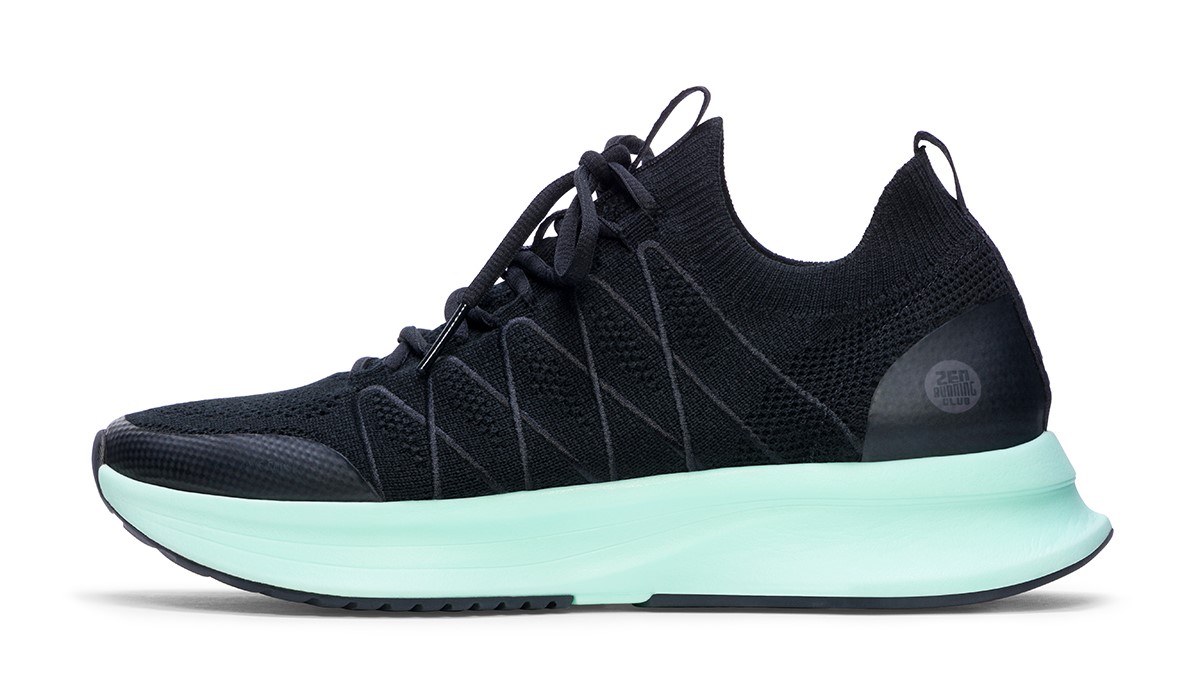Is this the world's most sustainable running shoe? 2 former Nike employees team up for the planet-friendly FUTUREOne
The midsole has the highest bio content of any performance foam and enzymes that help the shoe degrade in the landfill

An Amsterdam-based company that makes bio-based, plastic-free running shoes has dropped a new shoe that it claims to be the "most sustainable running shoe" on the market.
Zen Running Club was founded in 2020 by two former Nike employees, Andy Farnworth and Richard Rusling, and the FUTUREOne is the third shoe they've released. Following on from their mission to set a new industry standard in running shoes using plant-based innovation, the shoe has a higher amount of bio content than any other shoe currently available.
"We see a new generation of runners who demand the best levels of performance, but who are disappointed with products that aren’t as sustainable as they should be," says Rusling, who spent a decade as Nike’s Product Creation Director.
According to a 2020 article in The Guardian, most running shoes and trainers are expected to take up to 1,000 years to break down in landfill due to the popularity of EVA foam in the midsoles. The FUTUREone's midsole is built with the brand's proprietary Project 68 foam, which has a base of 68% rapeseed oil, the highest bio content of any performance foam. It also contains enzymes in the formulation that help expedite its end-of-life breakdown in the landfill.

According to an official press release, the FUTUREOne midsole lasts beyond the recommended 500 km wear time and decomposes in the landfill in just 40 days.
"We always develop products for performance but with an added focus on how innovation and materials science can minimise the impact on our supply chain and the products that we produce," says Farnworth.
The knit upper is made using responsibly sourced eucalyptus fibers, the cultivation of which relies on natural rainfall instead of industrial irrigation. That reportedly uses 95% less water than conventional cotton and has a carbon footprint that is one-third lower than virgin nylon.
All the latest inspiration, tips and guides to help you plan your next Advnture!
This planet-friendly approach to powering athletes may be enough for some runners to scop up a pair, including Dutch Olympian Hans Koeleman, but how does the shoe perform?
"We know that the first thing a runner will look for when buying a new shoe is the cushioning and responsiveness underfoot - especially now where the running community has become more performance-led," says Farnworth.

Certainly, the FUTUREOne appears built for performance, embracing the maximalist trend with a hefty 33 mm stack in the heel for that responsive ride runners seek out. Despite that wedge of foam, it weighs just 298 g underfoot, making it viable for any run from a 5 km to a long weekend run.
"Having worked for some of the biggest sports brands in the world, we know what it takes to create a fantastic running shoe. When people try our shoes they can’t quite believe how good they are."
That said, the shoe has a steep 9 mm drop so it's not built for every runner – or run. If you want to test it for yourself, the FUTUREOne is available now for £180 at www.zenrunningclub.com/gb
Still shopping for sustainable running shoes? We've rounded up some of our favorites below:
Julia Clarke is a staff writer for Advnture.com and the author of the book Restorative Yoga for Beginners. She loves to explore mountains on foot, bike, skis and belay and then recover on the the yoga mat. Julia graduated with a degree in journalism in 2004 and spent eight years working as a radio presenter in Kansas City, Vermont, Boston and New York City before discovering the joys of the Rocky Mountains. She then detoured west to Colorado and enjoyed 11 years teaching yoga in Vail before returning to her hometown of Glasgow, Scotland in 2020 to focus on family and writing.

